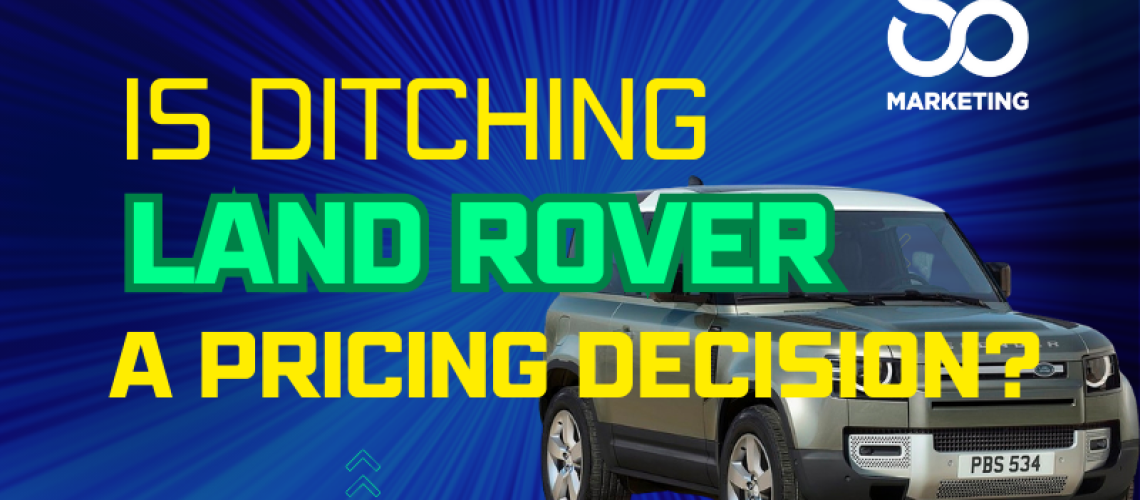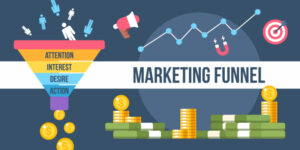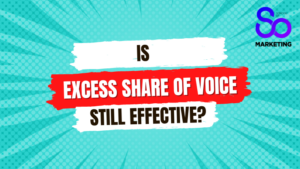It wasn’t that long ago that we saw the Indian conglomerate Tata buy Jaguar and Land Rover in an all-cash transaction of $2.3 billion from Ford – nearly half of what Ford Motor paid to acquire both brands.
It is one of the most significant turnaround stories, as Tata was swift off their heels to reinvent the brand. New engines, greater efficiency, focus on SUVs and beginning the journey into the EV market held them in good stead.
However, trouble was around the corner as global the supply chain slowed to a grinding halt and the world fell into recession, impacting the high-end car market hard. Early on in 2022, Jaguar Land Rover reported a c$400 million loss.
However, in true Tata form, their recovery has been steady, leading to a 20%+ increase in share value as investors react positively to their better-than-expected performance.
Focus on core brands
At the heart of their new approach is their focus on their core and most promising brands. These are Jaguar, Range Rover, Discovery and Defender; they announced a recent shake-up that goes right to the organisation’s top brass.
Noticeably, they are losing two iconic brands in the bargain. First is the name above the door; Jaguar Land Rover’s corporate entity will get a haircut to JLR. Secondly, it looks like they will essentially retire the 75-year-old brand Land Rover.
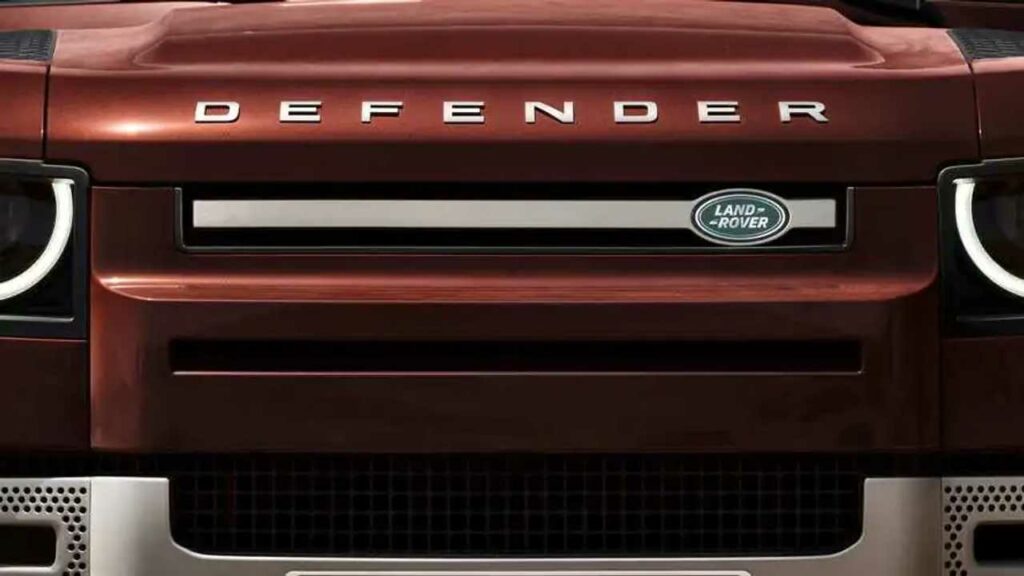
In what they are calling a new ‘House of Brands’ strategy, they are looking to consolidate and focus so as not to confuse their customer base. It also comes with the announcement of their intention to invest £15 billion into EVs.
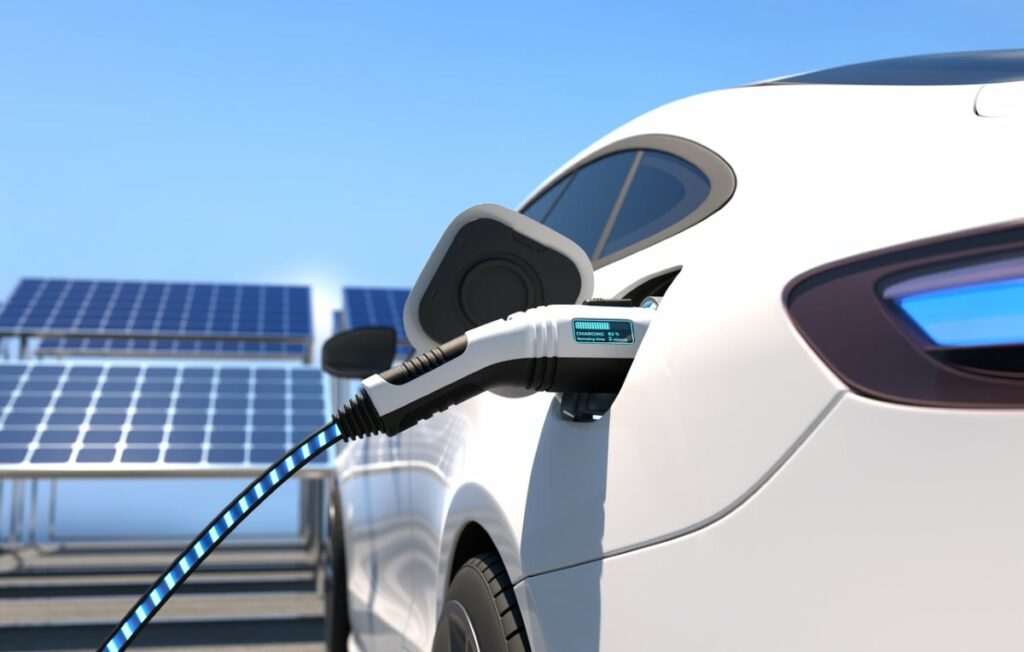
Chief Executive Adrian Mardell said it was speeding up its electrification path and looking to reposition the company as an electric-first, modern luxury carmaker by 2030. Bold gear shift.
However, the news of their new electric future will unlikely turn heads.
On the other hand, the demise of one of the UK’s most iconic brands is quite a shock at first glance.
In a statement, the firm said: ‘JLR will move to a House of Brands approach, to amplify the unique character of each of its brands – Range Rover, Defender, Discovery and Jaguar – and accelerate the delivery of the company’s vision, to become proud creators of the world’s most desirable modern luxury automotive brands for the most discerning clients.’
Why retire a brand that has so much equity left in its bonnet?
JLR’s chief creative officer Gerry McGovern said: ‘The reality is Range Rover is a brand, and so is Defender…Customers say they own a Range Rover. In luxury, you need absolute clarity. Unfortunately, land Rover Range Rover SV Autobiography doesn’t give it.
We love Land Rover, but there isn’t as much equity as Range Rover, and Defender is increasing massively.’
So it’s a question: Where do you place your brand bets in a world of finite resources? To target “discerning” customers, JLR needs to bolster their brands to remain competitive. But, with high inflation, costs soaring, and investors looking for an immediate return, there is only one thing on the cards; price increases.
Brand to bolster pricing
Now, according to Les Binet, who, at a recent talk, revealed some new insights on the link between brand and pricing, said that the way to resilient pricing was to invest in long-term brand building.
This is precisely what JLR are doing through a House of Brand strategy and choosing to consolidate and focus on a few brands that they see have a long-term future.
Binet discusses three critical strategies for brands that are looking to increase prices, outlined in Marketing Week:
The first is reach. “Campaigns that reach wide audiences are more beneficial than tightly targeted messages when tackling this challenge”, he said.
The second is emotion. He said, “The key to pricing power is to get people to feel strongly about your brand, to disengage the rational and make people want the thing at any price.”
The third ingredient is fame: “Campaigns that consciously aim to make the brand and its marketing famous are much better at reducing price sensitivity and supporting premium prices than any other kind of marketing.”

JLR is making strategic choices
To me, JLR’s announcement is the first step in this direction. They will undoubtedly pull out all the stops for their core brands in a highly competitor EV marketplace.
But with fewer to focus on, they can double down and carve out a winning position.

